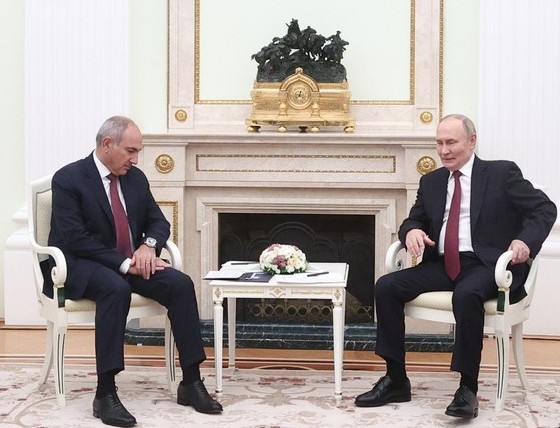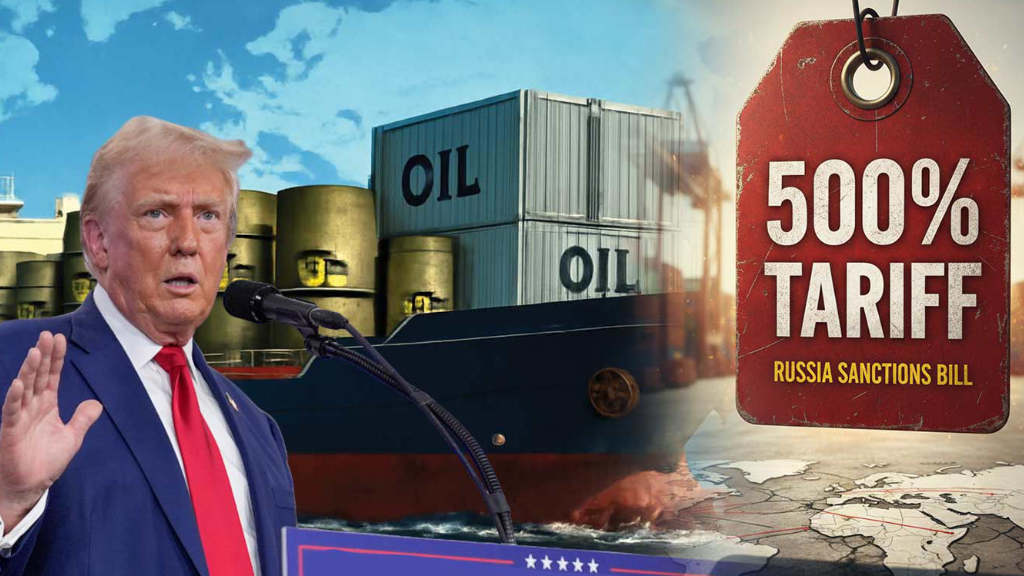The Russian President, Vladimir Putin, has met with Nikol Pashinyan, the Prime Minister of Armenia at the Kremlin.
Taking part in the meeting on the Russian side were Deputy Prime Minister, Russian Co-Chair of the bilateral Intergovernmental Commission on Economic Cooperation Alexei Overchuk, Deputy Chief of Staff of the Presidential Executive Office – Presidential Press Secretary Dmitry Peskov, Presidential Aide Yury Ushakov, Deputy Foreign Minister Dmitry Lyubinsky, Chief Executive Officer – Chairman of the Management Board of Russian Railways Oleg Belozerov, and Director General of the State Atomic Energy Corporation Rosatom Alexei Likhachev.

The Russian-Armenian political dialogue is somewhat strained at the present, due to Yerevan’s recent decisions to cease participation in the Collective Security Treaty Organisation (CSTO), in addition to its stated intent to apply for membership of the European Union. The CSTO is a security bloc that also includes Russia along with Belarus, Kazakhstan, Kyrgyzstan and Tajikistan and effectively assists with dispersing regional unrest when required, as well as anti- terrorism activities. At present, Armenia is a member of the Eurasian Economic Union (EAEU) a trade bloc that also includes the CSTO members except for Tajikistan. Yerevan has also been involved in a recent war with Azerbaijan which saw it cede territory to Baku. Moscow has viewed these situations as unnecessary and unprovoked, largely seeing the faults as lying with Yerevan.
As regards EU membership, this is unlikely to be realistic and is quite possibly a pIoy to generate additional trade concessions from Moscow as concerns EAEU trade dynamics.
However, this uncertainty is impacting Armenia’s economy and has resulted in Armenia’s economy slowing down from the high growth rates of recent years as the trade and services sector is finding it difficult to motivate investment from Russia and other EAEU nations.
This uncertainty over regional trade tensions and potential slowdowns in trading partners could impact Armenia’s growth, while potential shifts could lead to volatility in capital inflows and foreign exchange. A moderation of domestic demand will play a role in the overall growth trajectory.
However, the Amulsar gold mine, expected to start operations in late 2025, will be a medium-term growth driver, while increased government spending on defence, infrastructure, and social security could impact the fiscal deficit and debt levels. Armenia suffered during its conflict with Azerbaijan and has been somewhat knocked off track in recent years as regards maintaining a clear forward vision. While growth is predicted to moderate from the high rates of the recent past, Armenia’s economy is expected to remain stable, with growth driven by a mix of domestic demand and potential growth in sectors like mining.
Much depends on the Armenian political situation and its decision-making as concerns its relations with Europe. It cannot be both a member of the EAEU and the EU. There are also practical considerations – Armenia does not share a border with any EU member state.
In terms of the Eurasian Economic Union, Armenia’s trade with the bloc reached US$12.65 billion in 2024, representing more than 42% of the country’s total foreign trade, with a 68.3% increase over the same period in 2023. For the first seven months of 2025, Armenia’s exports to the EAEU totalled US$1.78 billion, a 2.4% increase from the previous year.

With a population of approximately 2.97 million, Armenia’s GDP (PPP) stands at around US$64.43 billion, with a GDP (PPP) per capita of about US$21,746. The economy is projected to grow by 5.8% in 2025.
Armenia’s bilateral trade with Russia increased 91% in 2024, mainly due to Armenia becoming a partial conduit for exports from the European Union and Turkiye transiting through the country to Russia, through Georgia and the border with Russia at Kazbegi. The Georgian Military Highway is full of Armenian licenced trucks.
Bilateral trade with Russia has shown significant growth, with trade turnover increasing from US$2.6 billion in 2021 to US$1.58 billion in Q1 2025 alone. If that is sustained, this implies a 2025 bilateral Armenia-Russia trade total of about US$6.3 billion. Armenia exports electrical equipment, agricultural produce and alcohols to Russia, while Russia exports cars, gold, diamonds, broadcasting equipment, and natural gas.
Bilateral trade hit record highs in 2024, with Russia’s Foreign Minister, Sergey Lavrov stating that “This is over a third of Armenia’s total foreign trade turnover, and Russia remains Armenia’s largest trade and investment partner.”
Yerevan will need to make its mind up as to whether its future lies East with connectivity to Asia, or West, with connectivity with Europe. Armenia’s days of sitting in the middle and acting as a conduit between both are drawing to a political conclusion as the new world order evolves with a potential split between them.
Further Reading






